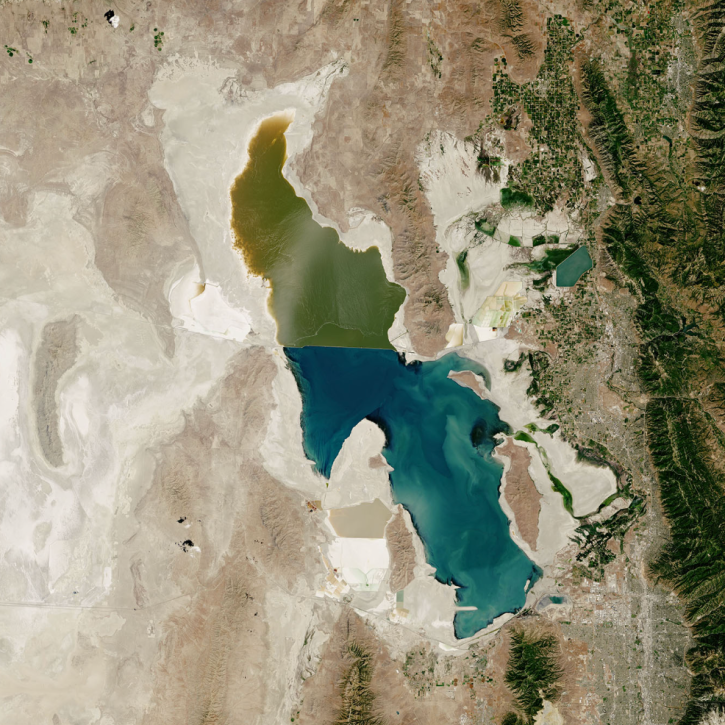Access a range of datasets and data tools to further your water management research.
Wherever there are people, there is water and the essential need to manage where it is, where it flows, and how it’s used. To do so, communities employ water management practices to control or move water resources to minimize damage to life and property and to maximize its safe, efficient, and beneficial use. Such practices can include building dams to control flooding, enacting rules and policies to prevent groundwater contamination, and monitoring water used by people for irrigation, industry or drinking.
NASA research and data breakdown water management into four subtopics: groundwater, stormwater or wastewater management and water storage. Our data have many water management uses, such as monitoring cyanobacteria levels, monitoring droughts, and mapping the locations of inland waters.
Learn How to Use Water Management Data



Join Our Community of NASA Data Users
While NASA data are openly available without restriction, an Earthdata Login is required to download data and to use some tools with full functionality.
Learn About the Benefits of Earthdata LoginFrequently Asked Questions
Earthdata Forum
Our online forum provides a space for users to browse thousands of FAQs about research needs, data, and data applications. You can also submit new questions for our experts to answer.
Submit Questions to Earthdata Forumand View Expert Responses